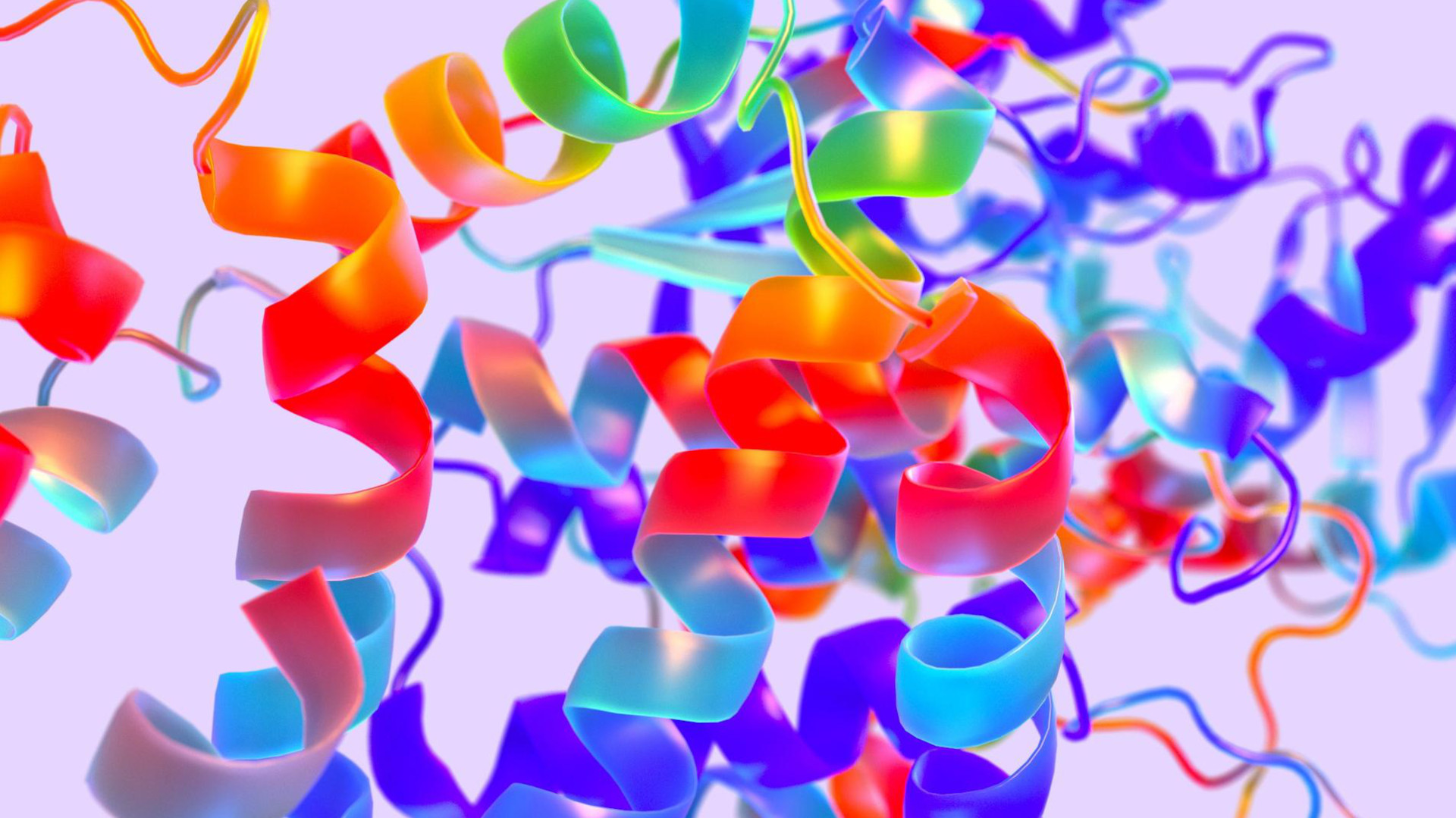More precision for gene scissors
Biotechnologists from Halle and Berlin have produced an improved version of the genome editing tool CRISPR-Cas9. The gene scissors make fewer mistakes in cutting.

CRISPR-Cas9 has revolutionized molecular biology. The enzymatic system works like scissors that can cut DNA at a defined location to deactivate genes or insert new gene sequences. To make sure that CRISPR-Cas9 finds the right place to cut, it is combined with a target-specific so-called guide RNA. However, even this guide RNA makes a certain percentage of mistakes in finding the target. Scientists from the Max Planck Research Unit for the Science of Pathogens in Berlin and the Medical Faculty of the Martin Luther University Halle-Wittenberg have now optimized the system and achieved a higher specificity.
Structure of Cas9 analyzed
"An unintended cut at the wrong place in the human genome can have profound consequences. That is why we need a more specific system," explains Michael Böttcher, junior professor at the Medical Faculty of Martin Luther University. Scientists around the globe are therefore looking for ways to make the CRISPR-Cas system less prone to error. The German team has analyzed and varied the structure and function of the Cas9 enzyme. The researchers report on their results in the journal "Nature Chemical Biology".
Amino acids of the bridge helix are critical
A certain area of Cas9 is called the bridge helix. As it turned out, the bridge helix plays a crucial role in how Cas9 interacts with the guide RNA and the target sequence of the DNA. This is mainly due to a specific amino acid sequence of Cas9, which, in combination with the guide RNA, forms a stable loop on the target DNA. In such a loop, the Cas9-bound guide RNA pairs with the complementary strand of the DNA target sequence while displacing the second DNA strand, thereby enabling Cas9 to cut both DNA strands.
Success also on human cells
In a second step, the researchers created new variants of the Cas9 enzyme in which the crucial amino acid sequence was varied. Some of these variants proved to be more reliable than the normal Cas9 enzyme: they cut the DNA much less frequently at unintended sites. One of these modified enzymes also proved its worth in human cells. "Our results provide a new basis for further optimization of CRISPR-Cas9," summarizes Emmanuelle Charpentier, Director of the Max Planck Research Unit for the Science of Pathogens. However, she adds that more needs to be learned about the biochemistry of CRISPR-Cas systems in order to further improve them.
bl/um


